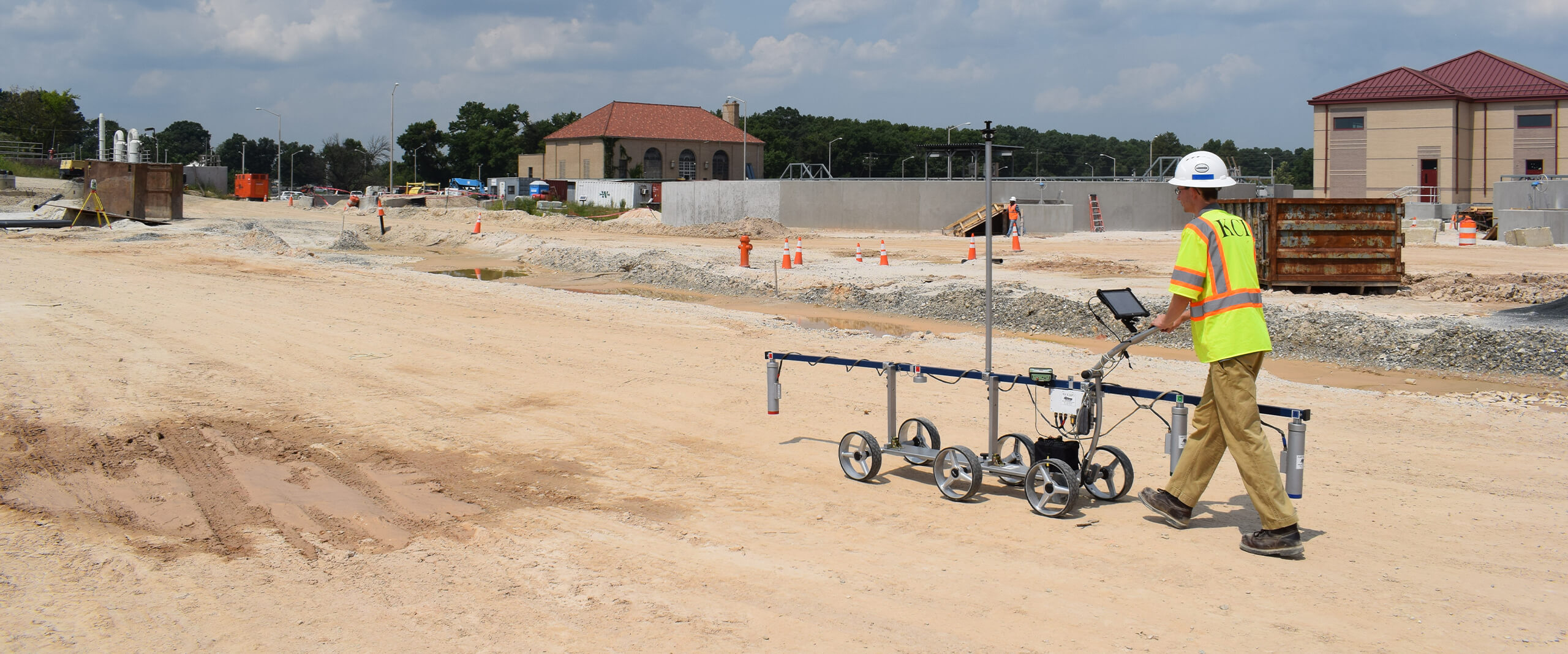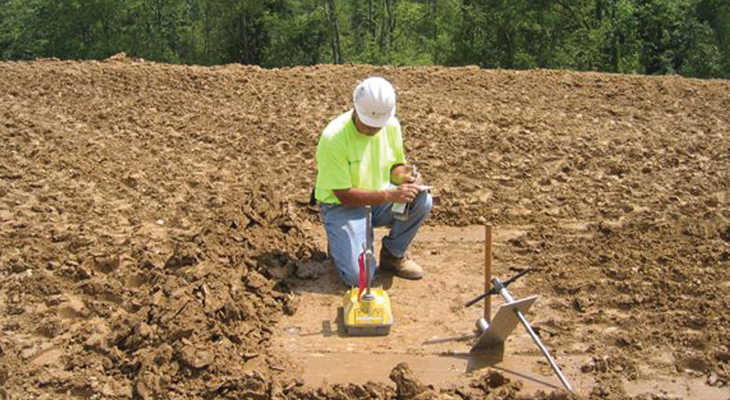Key Abilities Every Geo Tech Engineer Requirements for Efficient Site Evaluation
Key Abilities Every Geo Tech Engineer Requirements for Efficient Site Evaluation
Blog Article
The Interdisciplinary Approaches in the Geotechnical Sector: Bridging the Gap Between Design, Geology, and Environmental Scientific Research for Optimum Task End Results
The integration of design, geology, and environmental scientific research within the geotechnical market is not simply useful; it is necessary for accomplishing optimum job outcomes. What approaches might arise to facilitate this essential cooperation and boost the effectiveness of geotechnical techniques?
Importance of Interdisciplinary Collaboration
The relevance of interdisciplinary partnership in the geotechnical industry can not be overstated. Reliable geotechnical projects need the combination of varied know-how from various fields, including engineering, geology, and environmental scientific research. This collaboration guarantees that all elements of a job are considered, resulting in extensive remedies that resolve complex challenges.
When functioning in isolation,Interdisciplinary partnership cultivates innovation by making it possible for experts to share understandings and approaches that might not be evident. By leveraging the staminas of multiple disciplines, teams can identify prospective risks, optimize design processes, and enhance the sustainability of geotechnical projects. Such cooperation advertises an all natural understanding of site-specific conditions, which is critical for accurate analysis and decision-making.
The complexity of geotechnical projects requires a worked with method to problem-solving. When designers, rock hounds, and environmental scientists collaborate, they can produce a cohesive technique that aligns technical requirements with environmental factors to consider and governing compliance. This synergy not just boosts project results yet additionally adds to the long-term durability of infrastructure. Ultimately, interdisciplinary partnership is crucial for progressing ideal techniques and accomplishing excellence in the geotechnical market.
Key Roles of Each Discipline
Cooperation among different self-controls is not simply valuable; it is crucial for the effective execution of geotechnical tasks. Each discipline-- design, geology, and environmental scientific research-- plays an unique yet interconnected function that contributes to project efficacy and sustainability.
Geotechnical designers are mainly in charge of making foundations and guaranteeing architectural stability. They evaluate soil and rock properties to examine load-bearing capacities, supplying vital data for secure building and construction techniques. Their experience makes it possible for the formulation of cutting-edge services to complicated difficulties.

Environmental researchers evaluate the possible impacts of construction on communities and water resources. They conduct environmental assessments and establish mitigation approaches to minimize damaging impacts. By incorporating environmental considerations, they guarantee conformity with laws and promote sustainability throughout the job lifecycle.
Case Researches of Effective Assimilation
Successful integration of geotechnical self-controls can be exemplified through various study that highlight the performance of synergy in resolving complicated design difficulties. One notable instance is the construction of the Hong Kong-- Zhuhai-- Macau Bridge, where a collective technique entailing geotechnical engineering, geology, and ecological science was vital. Rock hounds and designers operated in unison to analyze the seabed problems and optimize the foundation layout, ensuring stability and minimizing environmental influence.
One more impactful instance is the enhancement of slope security in the San Francisco Bay Area, where an interdisciplinary group incorporated geotechnical analysis with environmental evaluations. By incorporating geological studies and hydrological researches, the team effectively recognized prospective landslide threats and implemented effective reduction procedures, boosting safety and security and sustainability.
Moreover, the redevelopment of Brownfield websites usually needs a multidisciplinary technique. In one case in Chicago, cooperation amongst geotechnical designers, environmental scientists, and metropolitan planners resulted in the successful remediation of infected dirt, enabling the secure improvement of the website right into a neighborhood park. These case research studies illustrate that interdisciplinary collaboration not only addresses technological difficulties yet likewise cultivates cutting-edge services that benefit both jobs and neighborhoods.
Obstacles in Multidisciplinary Projects

Furthermore, working with schedules and process among various groups can be troublesome, particularly when each self-control has special project landmarks and deliverables. This imbalance can cause delays and enhanced prices. The difficulty of source allocation likewise impends big; guaranteeing that specialized knowledge is available at critical junctures calls for careful preparation and insight.
Lastly, regulative compliance postures another significant difficulty. Each technique may deal with different regulative frameworks, and straightening these requirements to meet job goals can be lengthy and complex. Addressing these obstacles requires strong management and effective interaction approaches to promote partnership and make sure that multidisciplinary teams function cohesively towards shared objectives.
Future Trends in Geotechnical Practices
As the geotechnical industry evolves, arising patterns are improving techniques to attend to the challenges faced in multidisciplinary jobs - consulting engineer. One considerable fad is the raised assimilation of innovative modern technologies, such as expert system and artificial intelligence, into geotechnical evaluation and layout. These modern technologies improve predictive modeling and danger assessment, allowing engineers to make more educated choices throughout the task lifecycle

Additionally, the fostering of electronic doubles and real-time surveillance systems is coming to be more widespread. These devices assist in ongoing analysis of soil problems and structural performance, enabling for prompt treatments when issues arise.
Verdict
In verdict, the combination of engineering, geology, and ecological science is essential for achieving ideal results in the geotechnical market. Effective situation researches illustrate the benefits of this strategy, while acknowledging the obstacles tailings engineer dealt with in multidisciplinary projects.
The combination of design, geology, and ecological scientific research within the geotechnical industry is not simply useful; it is imperative for accomplishing optimal project results. Effective geotechnical projects need the integration of diverse competence from numerous areas, including design, geology, and environmental science.Navigating the complexities of multidisciplinary projects in the geotechnical sector presents a number of considerable difficulties.As the geotechnical sector evolves, arising patterns are improving methods to attend to the challenges faced in multidisciplinary projects. Geotechnical designers are increasingly teaming up with ecological scientists to guarantee that jobs straighten with sustainability objectives and abide with governing requirements.
Report this page